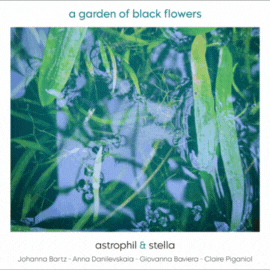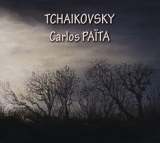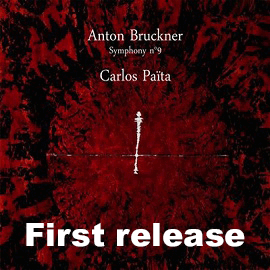Dieses Album beginnt mit Tchaikovskys Vierter Symphonie, in der Carlos Païta weniger nach den Ausdeutungen des Schicksals sucht als nach Tchaikovskys orchestraler Meisterschaft. Der packende und gestaltende Zugriff des Dirigenten führt zu einem großen dramatischen Impact.
Grandios und mitreißend ist die Interpretation des Slawischen Marsches, wohl eine der besten in der Diskographie dieser Komposition. Shakespeares Hamlet hat Tchaikovskys zu einer seiner leidenschaftlichsten Kompositionen inspiriert. Carlos Païta liefert davon eine absolut packende Interpretation.
Wie sehr sich Païta als Klangtüftler bewährt und gleichzeitig explosive Kraft erzeugt, zeigt das Capriccio Italien, während er in Roméo et Juliette sehr um Stimmungen und Handlungsbezogene musikalische Rhetorik bemüht.
Païta wusste, was ein Adagio ist, wie es sich vom Allegro unterscheidet, das ‘con gracia’ gespielt werden soll, und wie lebendig ein Allegro molto vivace zu sein hatte, brauchte ihm niemand vorzumachen. Um Leidenschaftlichkeit und Trauer darzustellen, war er ein Meister. So vereinigte er – zusammen mit seiner unerbittlichen Präzision – alles, um eine große Pathétique zu dirigieren, wie wir sie in der vorliegenden Aufnahme hören können. Der Kontrast zwischen Nachdenklichkeit, Trauer und höchster Erregung im ersten Satz ist absolut fesselnd. Interessant ist übrigens, dass man ob der auch im Allegro molto vivace, dem 3. Satz, zu hörenden Erregung glaubt, Païta dirigiere diesen Satz besonders schnell. Das aber stimmt nicht. Er ist im Temporahmen, der sich auch bei vielen anderen Dirigenten feststellen lässt. Der Unterschied ist eben bloß der Grad an Erregung!
This album opens with Tchaikovsky’s Fourth Symphony, in which Carlos Païta searches less for interpretations of destiny than for Tchaikovsky’s orchestral mastery. The conductor’s exciting and creative approach leads to a great dramatic impact.
The interpretation of the Slavonic March is grandiose and stirring, probably one of the best in the discography of these composition. Shakespeare’s Hamlet inspired Tchaikovsky to write one of his most passionate compositions. Carlos Païta delivers an absolutely gripping interpretation.
The Capriccio Italien shows Païta’s ability to tinker with sound and at the same time generate explosive power, while in Roméo et Juliette he is very much concerned with moods and plot-related musical rhetoric.
Païta knew what an Adagio is, how it differs from an Allegro, which should be played ‘con gracia’, and no one needed to show him how lively an Allegro molto vivace should be. He was a master at portraying passion and sadness. So he combined it all – together with his relentless precision – to conduct a great Pathétique, as we can hear in this recording. The contrast between thoughtfulness, sadness and extreme excitement in the first movement is absolutely captivating. It is interesting to note that the excitement also heard in the Allegro molto vivace, the third movement, might lead one to believe that Païta conducts this movement particularly quickly. But this is not true. It is in the same tempo range as many other conductors. The only difference is the degree of excitement!

























